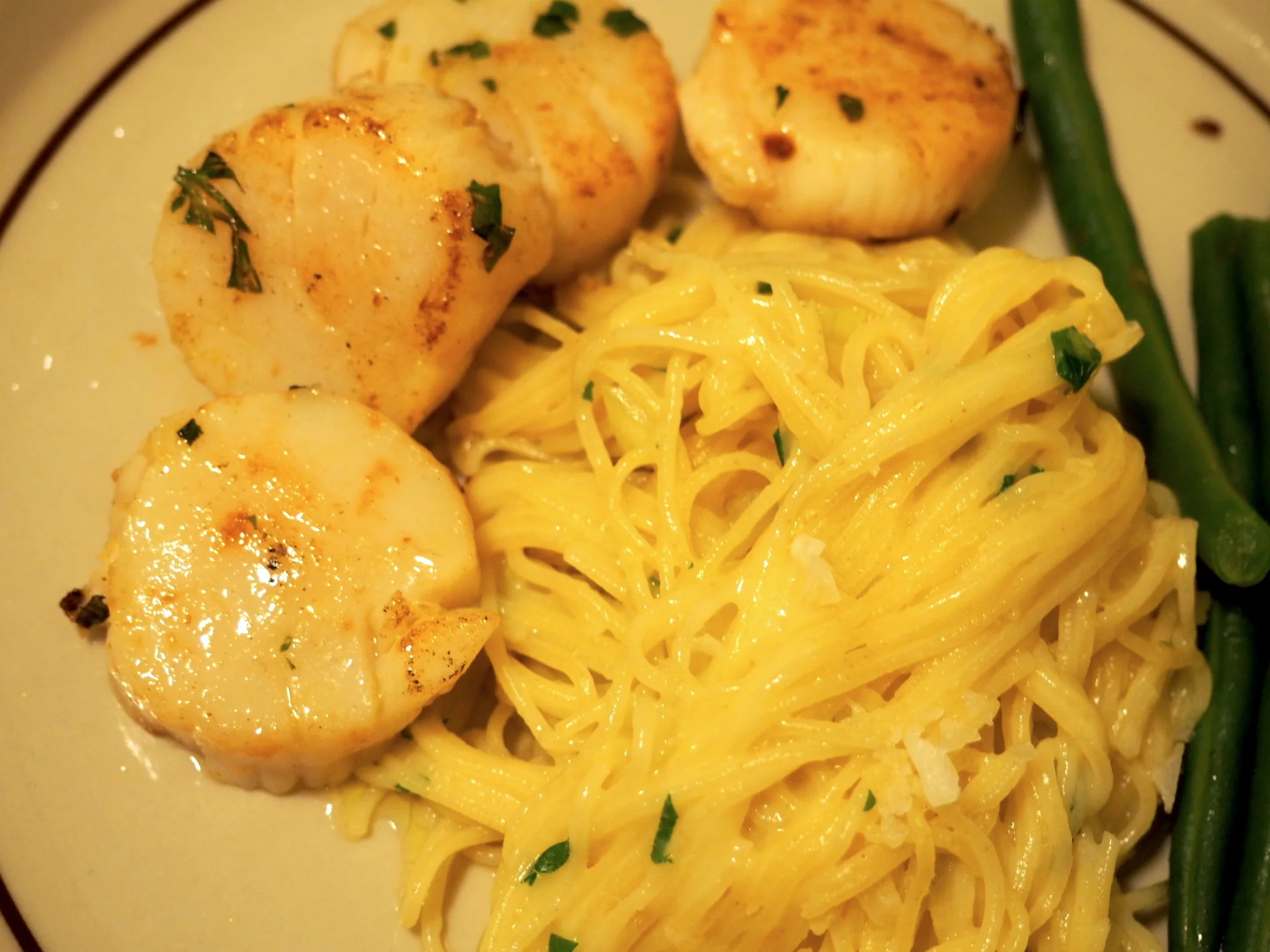Each Fish you eat has a story.
"Storied Fish" is seafood that comes with verifiable information about its journey from water to plate. Thanks to Future of Fish for the film!
I swore off eating all fish many years ago, because I was overwhelmed by what was happening with overfishing, and didn't want to have any effect on the ocean's food webs and their many intricacies. So rather than get tangled up in long lines and deep sea trawls, I decided to steer clear of all fish.
But now, I want to untangle that mess. Since I stopped eating fish, there have been great advances in sustainable fish suppliers, chefs and seafood shops, and I want to support the positive changes that have come about.
So, I'm going to start eating fish again-- but VERY carefully.
In a combination of a food/ recipe blog and personal journal, I will be documenting my journey through learning to eat fish again. Through documenting my research, conversations with local sustainable fish shops & restaurants, and delicate tastings, I will be working my way through various sustainable species, and showcasing them for the public, to encourage them to also make similar moves in their lives.
Now let's make great choices together.
THE #BFF RULES:
EAT WILD. MOSTLY SMALL FISH. MOSTLY LOCAL.
(INFLUENCED BY PAUL GREENBERG, OCEANA, FUTURE OF FISH, SEAFOOD WATCH & MICHAEL POLLAN.)
1) Go WILD & LOCAL, not "Organic." There is no such thing as an organic wild fish. Stick to "Storied" seafood: fish that say specifically where they came from, and how they were caught. #storiedfish
2) Eat SMALL fish, like Adriatic anchovies & Herring. They are great for you! (NOTE: the Sardine fishery is not recommended at this time, as it has collapsed.)
3) Eat BIG fish very, very mindfully. We're talking the Big guys- Tuna, Swordfish. There just aren't a lot of them left- and they're full of mercury & other pollutants. If you really have to, only pick WILD US-caught. And if you HAVE to eat Tuna, pick US wild pole and line caught Albacore or Skipjack.
NEVER eat Bluefin tuna. That's a big old endangered species right there!
4) Enjoy SHELLFISH!! Especially lobsters, crabs, oysters, mussels, clams, and bay scallops. (Less so sea scallops.)
But AVOID most Shrimp-- it's one of the most damaging fisheries around, and 90% of Shrimp you find in the USA is imported... if you can find traceable wild Gulf shrimp, give it a go.
5) Don't be a GEARHEAD, but if a fish was pole, hook-and-line or harpoon caught, that's a "happier" fish caught with a better fishing method. Read more about that at Monterey Bay's Seafood Watch.
6) As for FARMED fish: this is a market that is changing for the better! In the next ten years, the majority of our seafood will be sourced from aquaculture as the industry in evolving to deal with changing oceans. There are GOOD versions of fish farming, such as Barramundi, Rainbow trout, and scallops, so try to stick with those. Also aim for plant-eating species, so it's not a protein-net loss production. More on this soon!
NOTE: The rules above are mostly North America specific! For more International versions, check out the Travel Fish Lists!
let's dig in to the good stuff!
A TASTE OF FISH TALES...
Tasty treats from the feed...
““90% of the world’s fisheries are now fully exploited, over-exploited or have collapsed.””




















“An introduction to conservas, the canned seafood delicacies beloved by the Spanish and Portuguese alike, with suggestions for types to try and how best to serve them.”